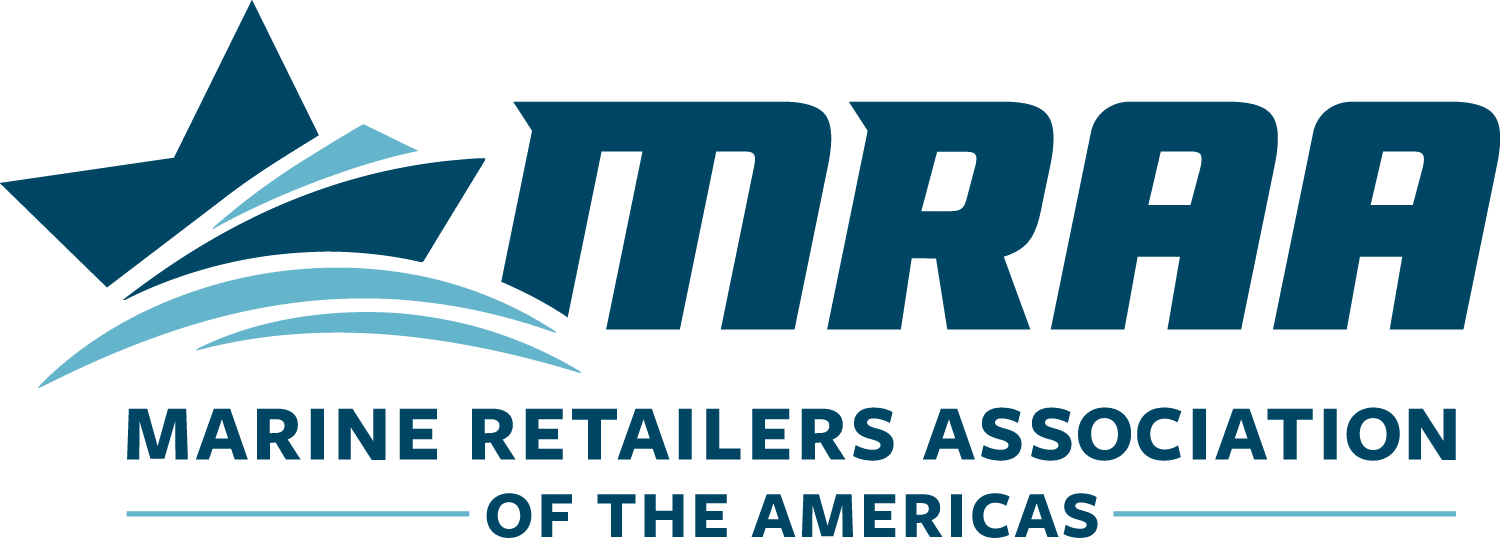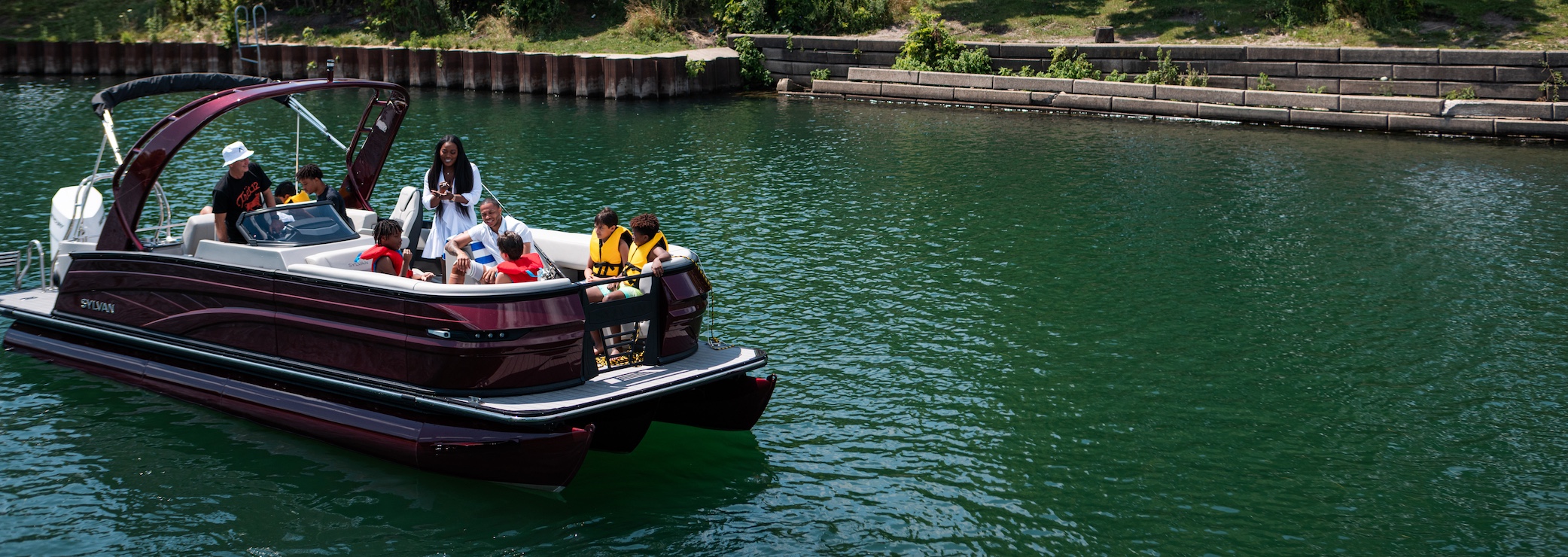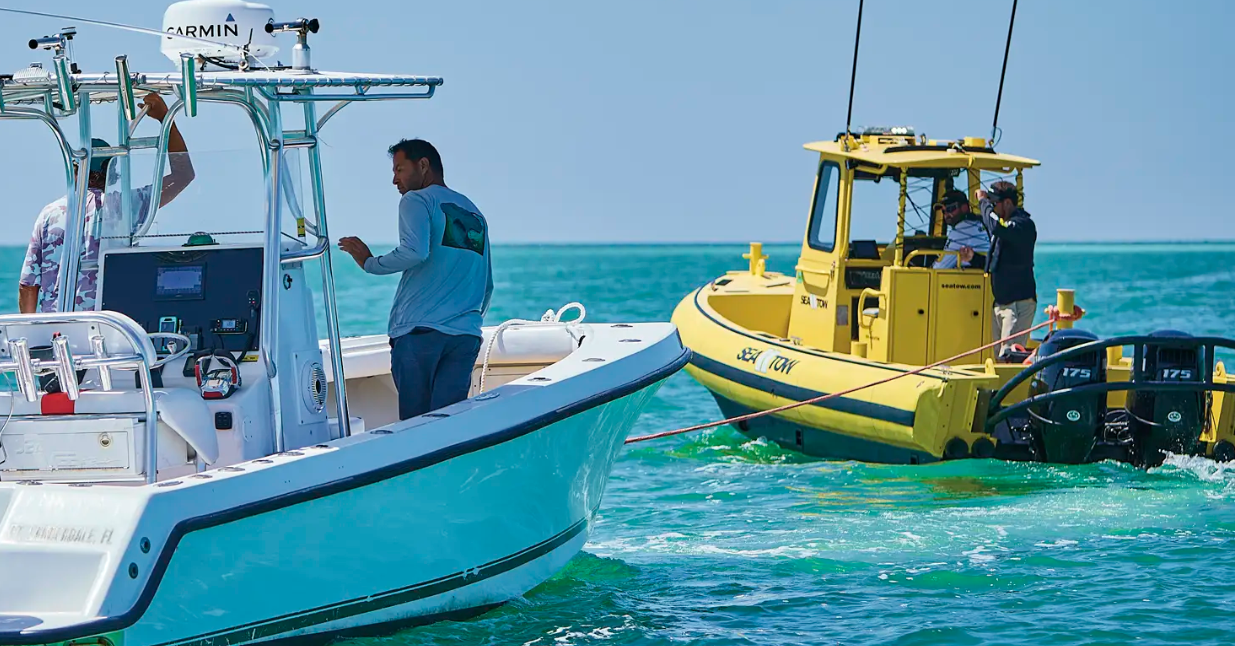Insights to Help You Identify and Avoid Any Traps Along the Way
By Jared Zimlin, Director of Business Development, Elite Recreational Finance
In the new norm we are currently in, demand is up and the supply of new boats down or delayed. Because of this, many dealers are turning more and more to selling pre-owned boats. There are some great opportunities for a dealership to gain new customers as well as hold strong margins.
As with new boat sales, the bulk of customers finance their purchase. Even if they are paying cash, many are just going to their local bank to get the funds, so we also consider those as finance deals.
Here are 5 important tips to help you get more pre-owned boats approved and avoid some traps along the way.
1. Keep the Financing at the Dealership
You can’t control the sale if you let the customer get their own financing. When a customer goes to their local bank, several things can happen that will cost you a sale. And it also generates a lot of questions, such as:
- Does their bank lend on used boats?
- How many model years back will they lend?
- How do they value a pre-owned boat?
- Could they tell your customer “you are paying too much” because they don’t allow for electronics and other equipment on the boat?
- What if they do more business with your competitor and refer your customer there?
Questions, questions, questions! This is all you have if you let them walk. Most marine lender programs offer strong pre-owned programs. The rate may be bumped a bit and the terms may be shortened or not; it depends on the bank and the customer’s credit. It’s important to know that if you keep the financing at the dealership, you are less likely to wait for those customers riding the “Be Back Bus” that never turns around.
2. Understand Indirect vs. Direct Lender Programs
From a lender’s perspective, pre-owned boats and consignment boats are two different things. If you read your Indirect lender agreements, they all state that you own the collateral you are seeking to help finance. Indirect lenders will want to see a clear trail on the title from the previous owner to the dealer to the new owner. If you don’t own the boat and are simply consigning it, you’ll need to partner with lenders who have correspondent programs and can lend on a peer-to-peer transaction with you simply acting as a broker.
3. Know Each Lender Age Restrictions
Each lender looks at pre-owned boats differently. Some lenders only go back five years, while some allow for 10, and there are some that will go back as far as 30! This is key when making sure you have the correct mix of lenders in your portfolio. If you put your finance eggs in a small number of lender’s baskets who only go as far back as 10 years and take a trade or pick up a boat at auction that is a 2009, you will not be able to best serve the customer’s finance needs. The easiest place to find this information is on a lender’s rate sheet.
4. Understand Each Lender’s Loan to Value
Knowing the loan-to-value determination is critical. It can help you close the sale or lose the deal. Just like age restrictions, each bank has different rules when it comes to valuing the Loan to Value.
First, what is loan to value? Simply put, it’s the amount to finance divided by the value accepted by the lender. So where does that value come from? Primarily lenders look at NADA. Some will use BUC and occasionally look online for comparable figures. Since NADA is the most widely used, let’s stick with that. You need to look at a lender’s rate sheets to see what value in NADA they use: “Used Trade-In,” “Average Retail” or “High Retail.” Most lenders use “Used Trade-In.”
Next, you need to determine what that will advance above that value, and will they make exceptions for options? Some lenders will take “Used Trade-In” + 10 percent then add 10 percent for options. Some will do ‚”Used Trade-In” + 25 percent all in. The important thing here is, read your rate sheet and know the program.
Why is this critical? If you want to hold your margin on the sale and the lender is only going to advance so much above the NADA value, you will need to get the extra as a down payment.
5. Market Pre-Owned Boat Financing
In the words of the Grinch, “Solve world peace, tell no one.” This holds true for pre-owned boat financing. If a customer knows they can finance, they may be more likely to purchase. Maybe they are a payment buyer. Maybe they are doing well in the market and want to keep their cash working for them instead of putting it into a used boat. Whatever the reason, if you offer financing, let the world know. Place a note in your ads, as well as on your website and social media feeds. Get some signage. Post payments on boat tags.
These tips are meant to help you capitalize on the increased desire for pre-owned boats. There are other areas to focus on with this segment including service contracts, cash conversions and all the nuances between lender programs. However, those are universal topics to all F&I training, so this article is meant to provide you with actionable items to increase your ability to get more pre-owned boats approved and make more of your customers’ dreams of being on the water come true.

Jared Zimlin is the Director of Business Development, Elite Recreational Finance, Education Champions with MRAA. Zimlin draws upon his two decades of business development experience solving problems for manufacturers, distributors and dealers across multiple industries with comprehensive retail finance, equipment finance and inventory finance solutions. A University of Florida alum, Zimlin is an avid cyclist and Club President of Gearlink Racing Inc.




